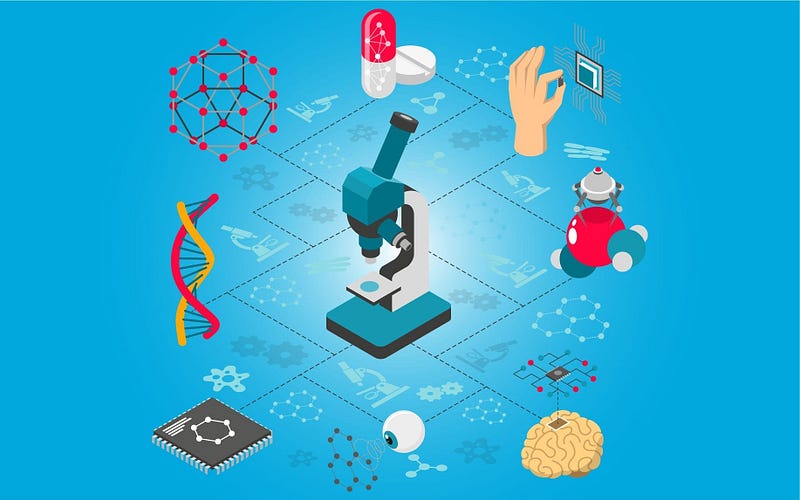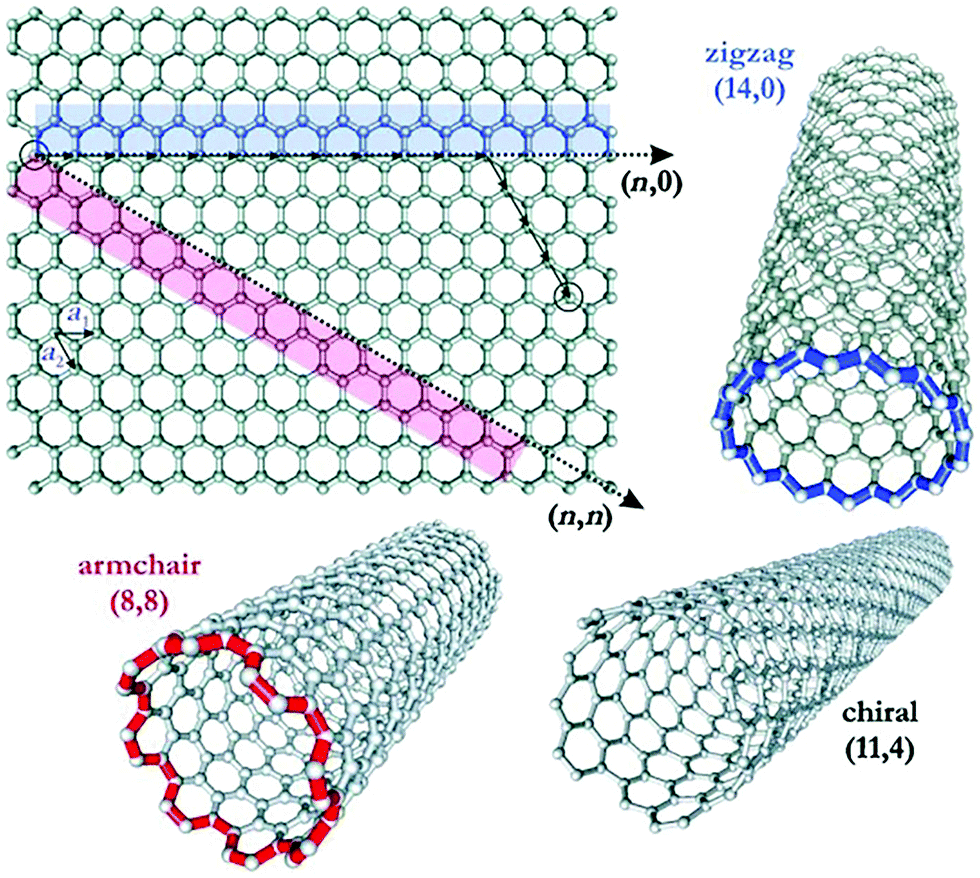The Role Of Nanotechnology In STEM
Nanotechnology refers to the science, engineering, and application of materials and devices with dimensions less than 100 nanometers. The emergence of this field has led to a range of innovations, including the development of more efficient electronics, power storage devices, and biomedical applications. Nanotechnology has also gained increasing attention in STEM education, as it offers new opportunities for hands-on learning and exciting research possibilities.

As STEM education increasingly focuses on developing students’ critical thinking, problem-solving, and team-building skills, nanotechnology provides an ideal platform to accomplish these objectives. Nanotech curricula engage learners in the investigation and design of advanced materials and devices, enabling them to gain knowledge on subjects such as nanostructures, nanoparticles, nanotubes, nanowires, and functionalized surfaces.
Incorporating nanotech into STEM education also helps promote a wide range of career tracks for students. From research and development to manufacturing and marketing, the field offers a multitude of career opportunities for those interested in pursuing STEM fields.

Nanotechnology is useful in STEM education because it touches on multiple fields, from physics and chemistry to bioengineering and electronics. For instance, in chemistry, nanotechnology provides an opportunity to teach concepts such as the properties and behavior of atoms and molecules on a scale that students can see and understand. This helps in expanding their understanding of chemistry principles.
The role of nanotechnology in STEM education also extends to the development of advanced laboratory equipment and demonstrations, enabling learners to observe phenomena in the virtual or real world to gain a better understanding of how materials at the nanoscale work.

Nanotech has become increasingly popular in recent years due to its utility in developing energy-efficient devices and renewable energy technologies such as photovoltaic cells and fuel cells. Incorporating nanotechnology in STEM education can enhance students’ understanding of not just the devices but the process and the underlying principles for making renewable power sources.
Incorporating nanotechnology in STEM education can also lead to improved learning outcomes. Research studies have demonstrated that students who participate in nanotech-based programs with hands-on experiences have a greater chance of academic success than those who don’t.
In conclusion, nanotechnology provides a platform for engagement and inspiration for teachers and students. Its diversity and multidisciplinary components offer a plethora of opportunities to integrate it into STEM education programs. From its exciting research applications to its potential impact on society, nanotechnology has a lot to offer towards the next generation of scientists, innovators, and leaders.
Comments
Post a Comment